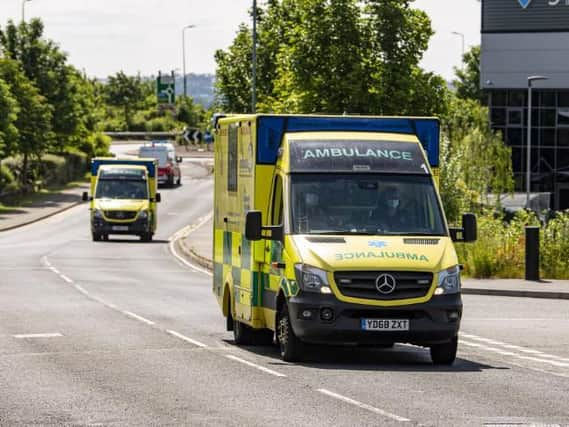Yorkshire Ambulance Service uses video technology to asses over 1,000 patients


The video triage system allows clinicians to assess people, who phone 999 or 111 to report a non-life threatening condition, and determine whether they need an ambulance.
It was introduced to ease the pressure on YAS staff, as the emergency operations centre responded to more than 1m emergency and routine calls in 2020/21, with an average of 2,837 a day.
Advertisement
Hide AdAdvertisement
Hide AdThe service also responded to more than 1.7m 111 calls - 84 per cent more than the previous year.
Chief executive Rod Barnes said: “During the year, we clinically assessed around 1,200 patients through video technology, and that helped to reduce the need to send an ambulance where it wasn't necessary, and in some instances prevented the unnecessary conveying of patients to hospital.
“This platform is really going to be a central part of our digital developments going forward.
“The technology allows us to link up with clinical expertise, not just in our own organisation, but other settings such as hospitals.
Advertisement
Hide AdAdvertisement
Hide Ad“That's something that we're really looking to build upon, and, and take forward in future years.
He also praised front-line staff for adapting to meet a range of challenges during "one of the most challenging years ever for Yorkshire Ambulance Service" , when he spoke at the annual general meeting yesterday.
“We've had to radically change the way we operate as an organisation and the way that we deliver care to our patients," he said.
“There were occasions over the last year where we weren't able to deliver the standard of care that we would want to achieve for all of our patients. But despite that, the efforts of individuals and teams across all parts of the organisation have been absolutely extraordinary.”